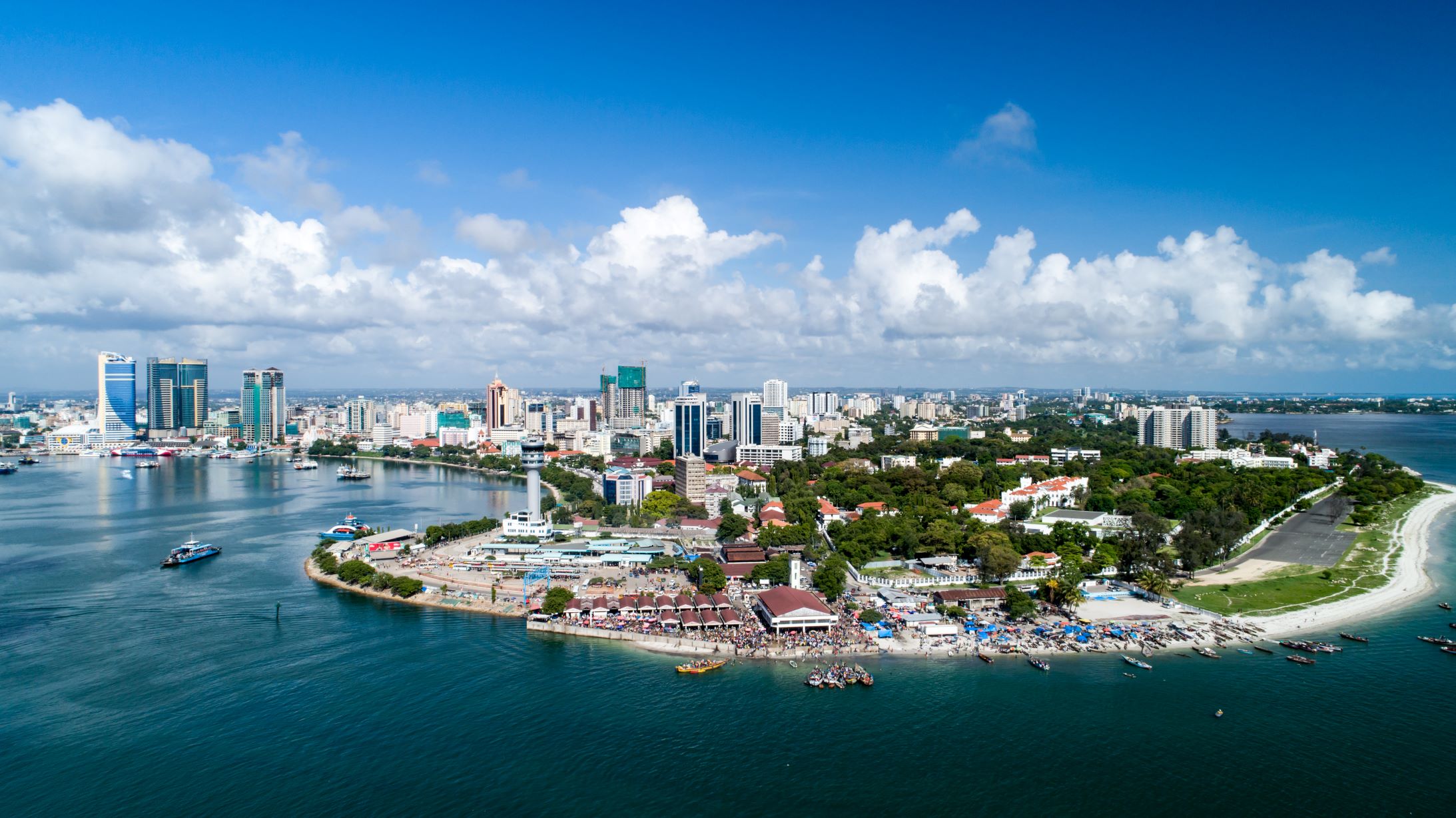In matters of safeguarding, the old adage ‘prevention is the best cure’ applies in full. Rules of procedure and codes of conduct penned in organisational policies play a significant role in putting the organisation in a defendable position before and during a crisis. However, operating guidelines cannot work in isolation, they are only as effective as the people responsible for implementing them. The essence of safeguarding is to protect the well-being of individuals. Where protective mechanisms are weak, sexual exploitation, abuse and harassment (SEAH) risks are likely to occur in varying scales. At this point, the focus on safeguarding shifts from prevention to incident management.
In contrast to a financial investigation, a safeguarding investigation involves the management of sensitive information with the potential to cause physical, emotional or social harm to vulnerable individuals. Swift and decisive action must be taken to prevent further harm.
How organisations respond to a safeguarding incident may take many forms, the most common being embarking on an investigation. Organisations often jump into commissioning an investigation due to underlying external and internal pressures before thoughtful planning and considerations. Despite the incessant need to get to the bottom of a problem, organisations need to consider that safeguarding investigations are often complex in nature with regard to the need to address all stakeholder interests. Further, the nudge (from internal and external stakeholders) to appear to be doing something must always be counterbalanced with a consideration of the impact of the actions and decisions taken at every stage of the investigation.
Below are some of the considerations organisations must factor in when conducting safeguarding investigations.
1. Qualified and Experienced Investigators
Safeguarding investigations should be undertaken by trained professionals who are competent in handling inquiries into sensitive matters. Prior to undertaking an investigation, it is prudent for the investigation team to conduct a risk assessment to identify the extent and impact of potential threats that may arise during the investigation. This assessment of risk should be periodic rather than a one-off exercise, to anticipate and promptly manage any negative and harmful outcomes.
Each investigation is different and unique. While it may not be practical to follow the same script and set of procedures in every investigation, an investigator should abide by the standard investigation guidelines to ensure that due process is followed. The investigator should also obtain an understanding of local laws on abuse and harassment. In case the guiding laws require clarification (as often arises), the investigator should seek legal advice to ensure that the rights of the alleged victim/survivor, the Subject of Concern and other parties involved are protected.
2. Confidentiality and Safety Requirements
The importance of maintaining confidentiality cannot be overstated. A deficit in confidentiality can easily lead to physical injuries or psychological harm to the parties involved. The well-being and safety of the victim/survivor should also be a hallmark of every investigation. When formulating the approach to be used, the investigator should ensure that the procedures undertaken do not expose the victim/survivor or the complainant in a manner that jeopardises their safety. Any concerns raised about fear, retaliation and stigma should be taken seriously and addressed by the designated safeguarding official(s) which may include referral support. Interviews should be conducted in safe environments, and where possible, away from the victim’s/survivor’s operating environment.
All too often, little attention is paid to the safety of the Subject of Concern. As a result of this, they have faced the risk of getting attacked or unjustly condemned by colleagues and the larger community who believe that the allegations are true even before an investigation verifies such claims. It is a requirement of procedural fairness that the investigation should not infringe upon the rights or contribute to the defamation of any party involved. For this reason, similar confidentiality and safety standards should apply to the Subject of Concern and other stakeholders.
During interviews, the investigator must uphold their duty of confidentiality and request the interviewees to hold a similar standard to enhance the safety of everyone involved. It is important to inform the victim/survivors, the complainants, the witnesses and the Subject of Concern that the investigation is not a ‘blame-shame’ exercise. Rather, they should appreciate that the objective of the investigation is to establish the facts. Based on the principle of informed consent, the interviewees should also be made aware of the objective of the investigation, the purpose of the report and where possible, the potential outcomes of the investigation.
Upon conclusion of the investigation, the distribution of the investigation report should be limited to a closed circle that ‘need-to-know’ the findings for purposes of decision-making. Consideration should be made to the need to anonymise or redact any identifying information in the report with the aim of protecting the parties involved.
3. Evidence Management
Evidence management plays a crucial role in determining the outcome of the investigation. Many times, safeguarding violations occur so quickly and unexpectedly that the victims/survivors are not able to record or save evidence of the abuse. In circumstances where evidence exists, it is the role of the investigator to carefully gather and secure the evidence. The investigator should objectively review all evidence and draw logical and fair conclusions to determine whether the allegations are valid.
Conclusion
Leading practices and processes on safeguarding investigations define professionalism, confidentiality, safety of individuals and thorough review of the evidence as some of the principles that determine the outcome of a successful investigation. When perpetrators are identified and held accountable for their actions, it sends a strong warning message to other perpetrators.
Organisations should remain committed to promoting safe working environments, through effective response and management of SEAH risks and incidents. This greatly contributes to instilling a culture of fairness, transparency and trust.


